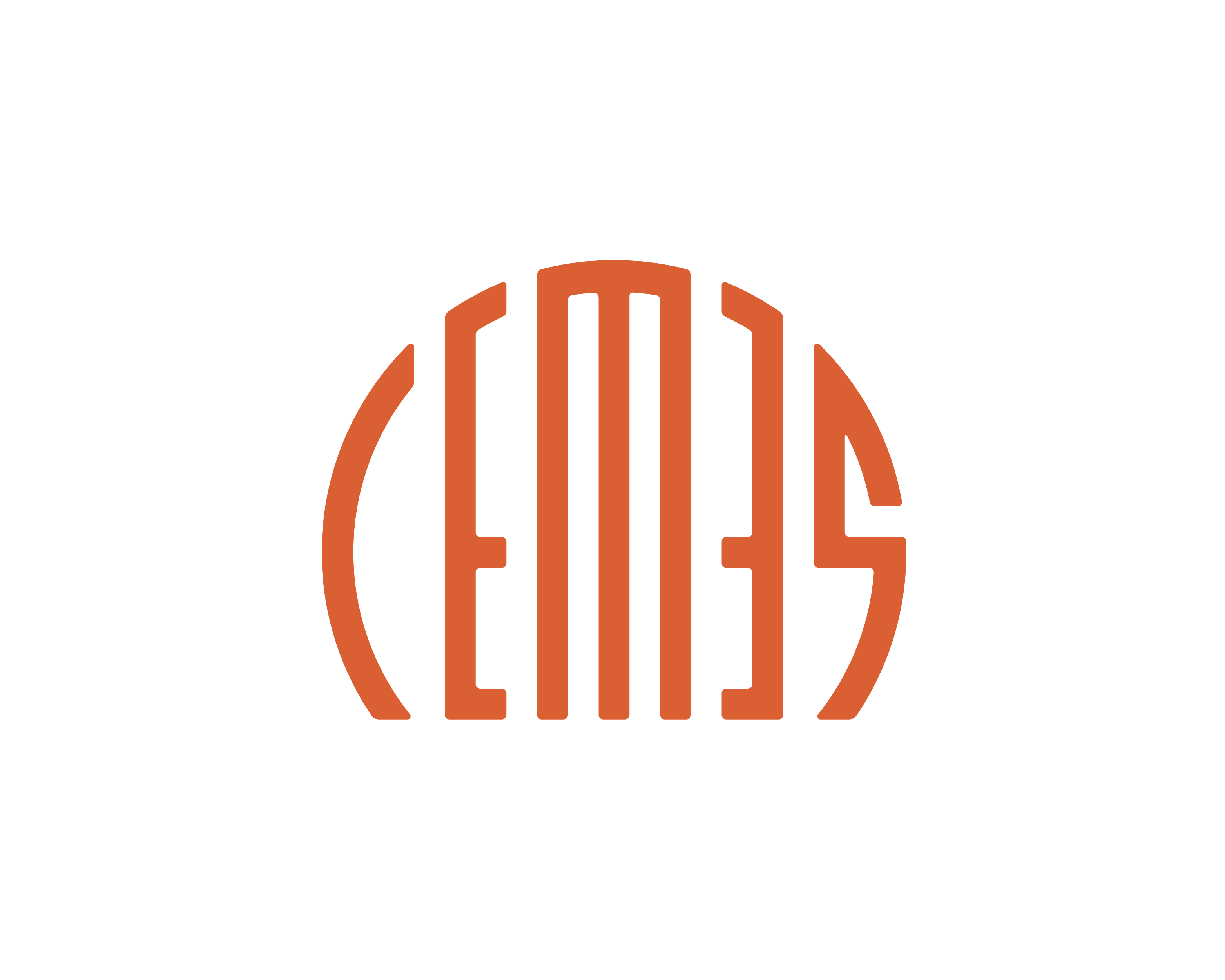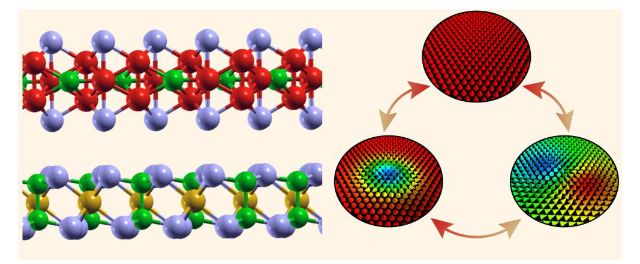AB INITIO STUDY OF MAGNETIC SKYRMIONS IN ATOMICALLY THIN 2D VAN DER WAALS LAYERS
NANOSCIENCE

Lab: CEMES
Duration: NanoX master Internship (8 months part-time in-lab immersion)
Latest starting date: 02/01/2025
Localisation: CEMES-CNRS
29 Rue Jeanne Marvig,
31055 Toulouse - FRANCE
Supervisors:
Dongzhe LI dongzhe.li@cemes.fr
This research master's degree project could be followed by a PhD
Work package:
Magnetic skyrmions – topologically protected quasi-particles with a whirling spin texture in real space – have raised
great attention due to their rich physics and promising applications for future spintronic devices. With the recent
discovery of 2D van der Waals (vdW) magnets [1], stabilizing and controlling magnetic skyrmions in atomically thin
vdW materials has gained tremendous attention due to high tunability, enhanced functionality, and miniaturization
[2]. The study of skyrmions in 2D magnets is still in its infancy stage. This leaves a timely and vast playground for
investigating new mechanisms for skyrmion generation [3], detection [4], and manipulation [5] in the emerging
area of vdW 2D magnets.
The purpose of this Master’s project is to explore the generation and manipulation of magnetic skyrmions in novel
2D magnets and heterostructures. Fundamentally, chiral magnetic skyrmions have spin-orbit-driven non-collinear
spin textures that result from a fine balance of different magnetic interactions. To capture these effects with
sufficient accuracy, we will employ a multiscale approach that combines density functional theory (DFT) and
atomistic spin simulations. Different magnetic interactions, such as Heisenberg exchange, Dzyaloshinskii-Moriya
interaction, magnetocrystalline anisotropy energy, and higher-order exchange interactions (HOI), will be calculated
by DFT. In particular, we will provide a deeper understanding of the interplay between DMI and HOI for skyrmion
stability. Finally, we will investigate how external stimuli such as electric or magnetic fields tune topological spin
textures (see Figure 1).
This internship requires a taste for modeling. The numerical calculations will be performed using local and national
HPC facilities. The results obtained will be analyzed with the possibility of publication in international scientific
journals.

References:
1] B. Ding et al., Nano Lett. 20, 868 (2020); Y. Wu et al., Nat. Commun. 11, 3860 (2020);
[2] Dongzhe Li et al., “Tuning the magnetic interactions in van der Waals Fe3GeTe2 heterostructures: A comparative
study of ab initio methods”, Phys. Rev. B 107, 104428 (2023).
[3] Dongzhe Li et al., “Strain-driven zero-field near-10 nm skyrmions in two-dimensional van der Waals
geterostructures”, Nano Letters 22, 7706-7713 (2022).
[4] Dongzhe Li et al., “Proposal for all-electrical skyrmion detection in van der Waals tunnel junctions”, Nano Lett.
24, 2496-2502 (2024).
[5] Dongzhe Li et al., “Stability and localization of nanoscale skyrmions and bimerons in an all-magnetic van der
Waals heterostructure”, arXiv:2408.15974 (2024).
Areas of expertise:
Density functional theory, Spintronics, Magnetic Skyrmions, Dzyaloshinskii−Moriya interaction,
Higher-order exchange interactions, 2D materials
Required skills for the internship:
- Master in Physics, Nanosciences, Materials science, or any other equivalent majors.
- Good background in quantum mechanics and solid-state physics.
- Programming skills (Fortran, Python, or Bash) are not mandatory but will be considered an
advantage.
